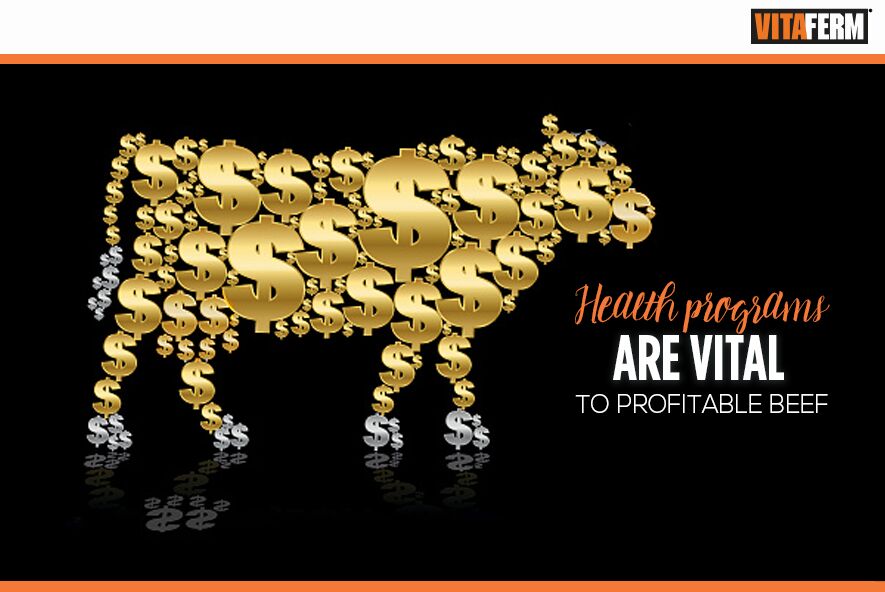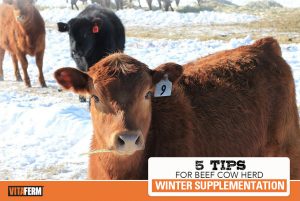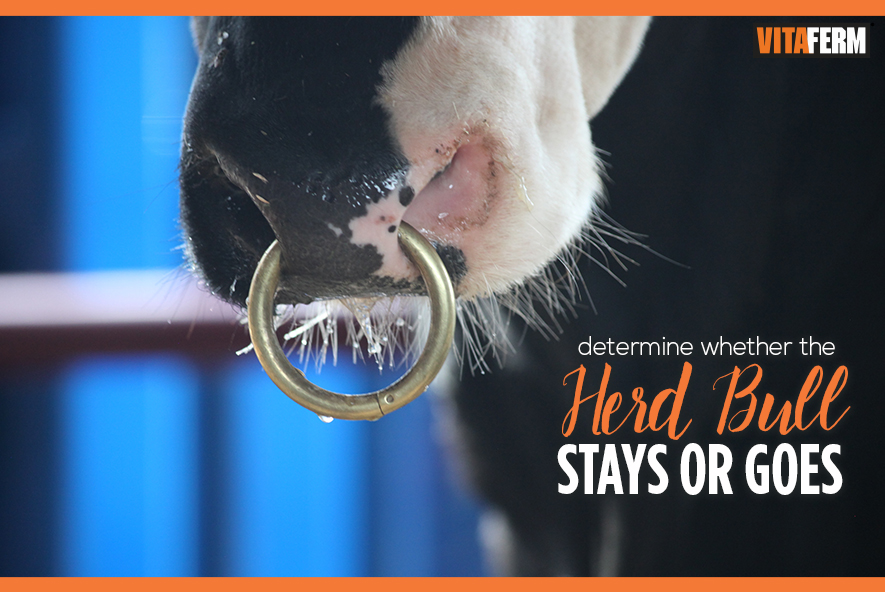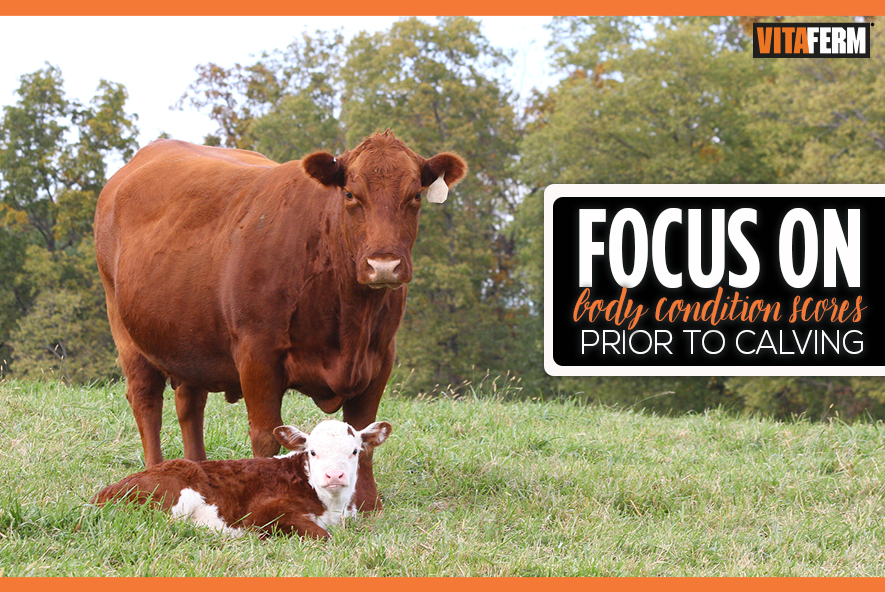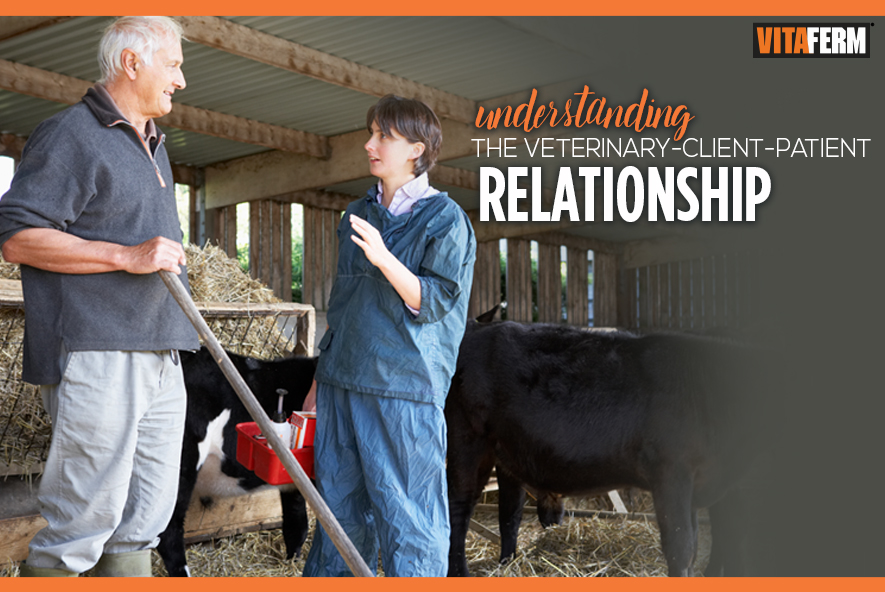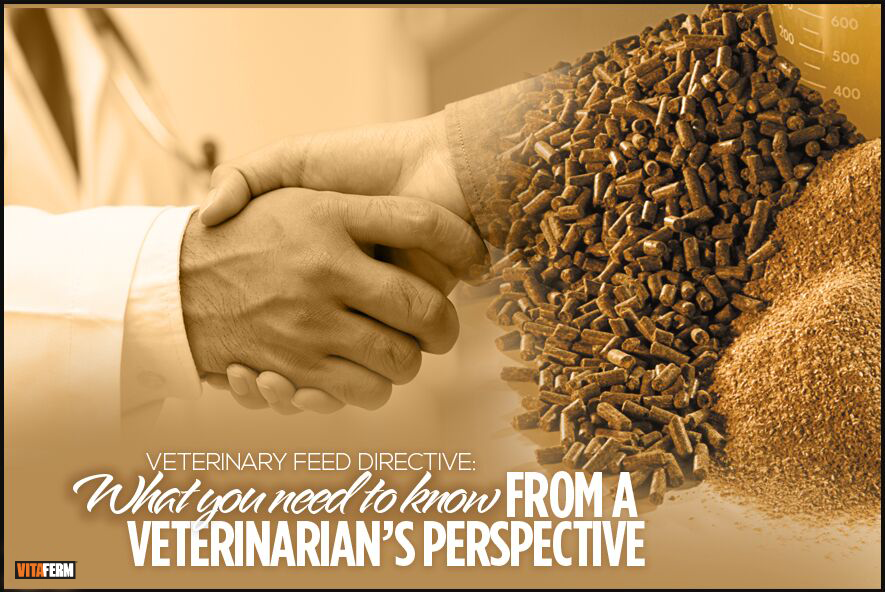by Twig Marston, Technical Sales Field Manager Health programs are vital to a profitable herd. It seems simple, but really it is one of the more complex management decisions producers need to implement. Nonetheless, producers need to build herd health protocols that prevent disease, treat illnesses and injuries, as well as promote animal well-being. There are […]
Category: VitaFerm News
5 Tips for Beef Cow Herd Winter Supplementation
With first blast of winter weather quickly approaching, have you thought about what that means to your cow herd? Keeping cattle in good condition through the fall and into early winter ultimately helps insulate the animal and minimize the amount of feed required later in the winter season. Kevin Glaubius, Director of Nutrition and Technical Sales […]
Determine Whether the Herd Bull Stays or Goes
By Patrick Wall, ISU Extension and Outreach beef program specialist This article may seem several months early for many cattle producers in the Upper Midwest; the combine and grain dryer demand a lot more attention than the cow herd this time of year. However, early fall is actually the most opportune time to evaluate bull power, […]
Focus on Body Condition Scores Prior to Calving
There is a little bit of irony when we say “spring” calving is around the corner. However, regardless of when calves will hit the ground, you want to make sure you and your cows are prepared. Calf prices are certainly not what they were last year, but at this point, every live calf means dollars […]
Understanding the Veterinary-Client-Patient Relationship
Article courtesy of Russ Daly, DVM, DACVPM, igrow.org By now, livestock producers are becoming aware of soon-to-be-implemented changes in how feed grade antibiotics are used, in the form of expanded use of the Veterinary Feed Directive (VFD). Producers using feed grade medications such as chlortetracycline and tylosin will need to obtain a prescription-like VFD form from a veterinarian before they’re […]
Manage the Cattle for the Markets
In today’s market, cattle producers need to take advantage of every opportunity to increase the value and profit of their calves. Universities and cattle services have been reporting the economic effects of good and bad management practices for decades. One early report is a 1986 extension publication highlighting a sale barn survey that focused on […]
When Times Get Tough…Don’t Stop!
Supplementation programs will always be important building blocks for cow herd nutrition programs. During “belt tightening” times, getting the most bang for your buck becomes even more critical when selecting which, how much and what supplements to feed. It has been repeatedly proven that proper mineral, feed additive and protein supplementation will economically increase beef […]
Rations Tip for Starting Early Weaned Calves
By Julie Walker, Associate Professor & SDSU Extension Beef Specialist Dry conditions have encouraged some producers to wean earlier than normal (6 to 7 months). Research has shown that these calves can perform as well or better than calves still nursing. Pasture quality has a key influence on performance of nursing calves. However, under “normal” […]
VFD: What you need to know from a veterinarians perspective
by Dr. Donald Sunday, DMV One of the most important pieces of legislation that will affect cattle producers, veterinarians, and the animal health industry is set to go into effect January 1, 2017. GFI 213 places the use of medically important antibiotics in feed or water under the supervision of licensed veterinarians. The Veterinary Feed […]
Collect Hay Samples in 6 Easy Steps
It is important to take samples of your hay to ensure you know its true nutrient value. It is extremely difficult to know the quality of your hay by just looking at it. By having your hay analyzed you will have a better understanding of its quality, and this will allow you to work with […]
